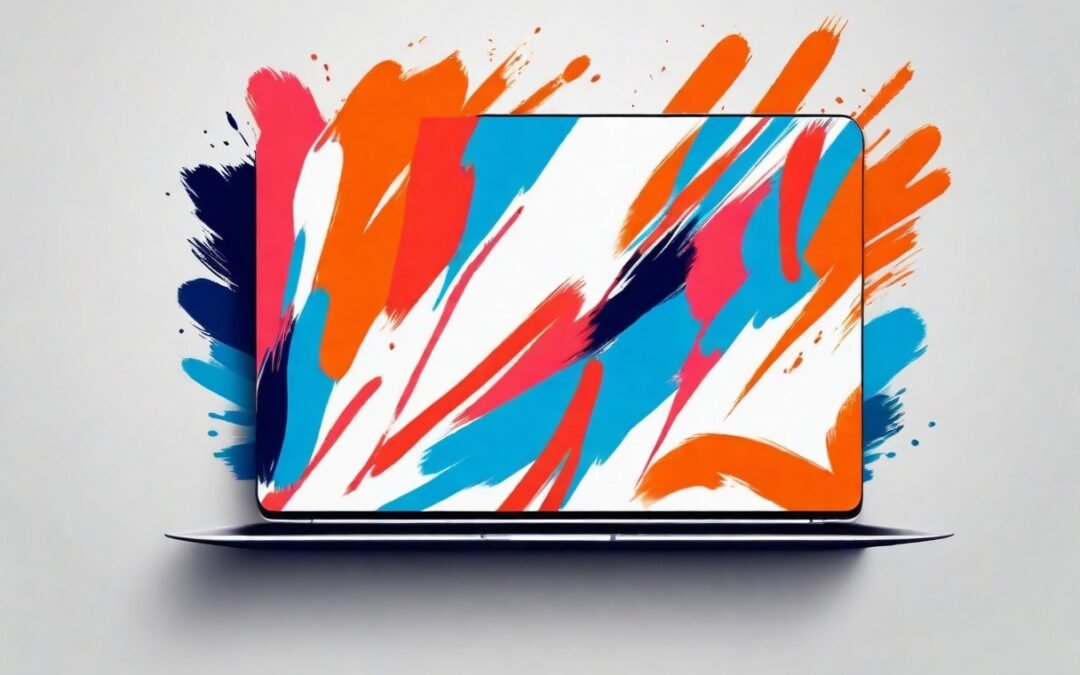The Most Common Resume Mistake: Overshadowing Substance with Style
Resumes are a critical tool in the professional world, acting as the bridge connecting job seekers and potential employers. However, the impact of a resume can be significantly diminished by a common, yet frequently overlooked mistake: prioritizing style over substance. This mistake has the potential to obscure the true value of a candidate, making it difficult for employers to recognize their potential. In this article, we will delve into this common resume mistake, exploring its implications, reasons behind its prevalence, and strategies to avoid it.
The Style over Substance Mistake
The world of resumes has seen an influx of aesthetically appealing templates, fancy fonts, and creative layouts. Indeed, it’s important for a resume to look professional and organized, but focusing too much on its visual appeal at the expense of its content is a grave mistake. It’s easy to fall into the trap of believing that a visually stunning resume will give you an edge over other candidates. However, while an attractive design might initially grab the hiring manager’s attention, it’s the content of your resume that will ultimately earn you a job interview.
Why is this Mistake so Common?
Several factors contribute to the prevalence of style over substance mistakes. Firstly, the advent of digital tools and templates has made it easier than ever to create visually impressive resumes. These tools often emphasize design elements, leading job seekers to believe that style is more important than it actually is.
Secondly, many job seekers misconstrue the advice to make their resumes ‘stand out’. While it’s important to differentiate yourself from other candidates, this should be achieved through showcasing your unique skills, experiences, and achievements, rather than through flashy design elements.
Lastly, job seekers may prioritize style over substance due to a lack of confidence in their experiences or achievements. They may feel that an impressive design can compensate for perceived shortcomings in their professional history. However, this approach often backfires, as it draws attention away from the valuable experiences and skills that they do possess.
The Implications of Overshadowing Substance with Style
A resume that prioritizes style over substance can lead to several negative outcomes. For one, it can make it difficult for hiring managers to find the information they’re looking for, causing them to lose interest. Additionally, a flashy design might give the impression that you’re trying to compensate for a lack of skills or experience.
Moreover, most companies use Applicant Tracking Systems (ATS) to screen resumes before they reach the human eye. These systems scan for keywords related to the job description, and a resume that focuses more on style might not be optimized for this, leading to automatic rejection.
Avoiding the Style over Substance Mistakes
Avoiding this common resume mistake involves striking a balance between style and substance. Here are a few strategies:
1. **Prioritize Content**:
Start by focusing on the content of your resume. Tailor it to the job description, highlighting relevant skills, experiences, and achievements. Use action verbs and quantify your achievements wherever possible.
2. **Keep it ATS-friendly**:
Use a simple, clean format, and avoid using images, charts, or unusual fonts that an ATS might have trouble reading.
3. **Proofread**:
Typos and grammatical errors can overshadow your skills and experiences, reducing the overall effectiveness of your resume. Always proofread your resume before sending it out.
4. **Minimalistic Design**:
Once the content is sorted, choose a simple, professional design that makes your resume easy to read. The aim of your resume’s design should be to enhance readability, not to overshadow the content.
Conclusion
While having a well-designed resume is important, it should never come at the expense of the content. The most effective resumes are those that balance style with substance,
presenting valuable information in a clear, concise, and visually appealing manner. Remember, your resume is a reflection of your professional self. Don’t let style outshine your substance; instead, use it to highlight and enhance your skills and experiences.
While the job market continues to evolve, the essence of a resume remains the same: to effectively communicate your professional story. It should concisely detail your qualifications, skills, and achievements that make you the ideal candidate for the job. This is where the ‘substance’ of your resume comes in, the core information that hiring managers are interested in. The ‘style’ or the visual aspect of your resume should serve to present this core information in the best possible light, making it easy for hiring managers to absorb.
However, the line between enhancing and overshadowing can often blur, leading job seekers to overemphasize style, thereby diluting the substance. This mistake can have several repercussions. It can divert the hiring manager’s attention away from your qualifications, making your resume less effective. It can also lead to your resume being overlooked by Applicant Tracking Systems, drastically reducing your chances of getting an interview.
A resume that strikes the right balance between style and substance is like a well-choreographed dance. It captures attention, holds interest, and, most importantly, tells a compelling story. When style and substance work in harmony, the result is a resume that not only stands out but stands up to scrutiny.
To accomplish this, start by drafting a strong, content-focused resume. Clearly, outline your skills, qualifications, and achievements, tailoring them to the specific job you’re applying for. Once you have a solid base, you can then focus on refining the style. Opt for a clean, professional design that enhances readability. Avoid excessive use of colors, graphics, or unusual fonts. Remember, the goal is to make your resume easy to read and understand, not to create a piece of abstract art.
Also, pay particular attention to the readability of your resume on various platforms. A design that looks impressive on a computer screen might not translate well to a mobile device or a printed page. Test how your resume appears on different platforms to ensure it maintains its readability and visual appeal.
Finally, always proofread your resume. No matter how impressive your skills and experiences are or how visually appealing your design is, typos and grammatical errors can quickly tarnish your professional image.
The most common resume mistake is prioritizing style over substance. This mistake can diminish the effectiveness of your resume and reduce your chances of securing a job interview. However, by focusing on content first and using style to enhance (not overshadow) this content, you can create a resume that truly stands out for all the right reasons. Remember, in the professional world, substance is the style. Showcase your skills and experiences boldly and let your professional story shine.




0 Comments